Under the bombardment of domestic new energy vehicles round after round of "price war", is the once-popular joint-venture sedan ok now? Looking at the recent domestic car sales rankings, Nissan and Volkswagen, which had long dominated the list, have given up the top position, but thanks to the current substantial terminal concessions, their monthly sales have remained above 20,000, ranking third and fourth. It seems that consumers are still enthusiastic about them.
Let’s compare the entry models of these two cars and see what level the joint venture sedan with a terminal price of 70 thousand yuan is now.
Price comparison:
Nissan sylphy classic 1.6XE CVT comfort edition????
Manufacturer’s guide price: 108,600 yuan; market reference price: 71,600 yuan.
Volkswagen LaVida cutting-edge 1.5L automatic outstanding Xinyi Edition
Manufacturer’s guide price: 79,900 yuan; market reference price: 74,000 yuan.
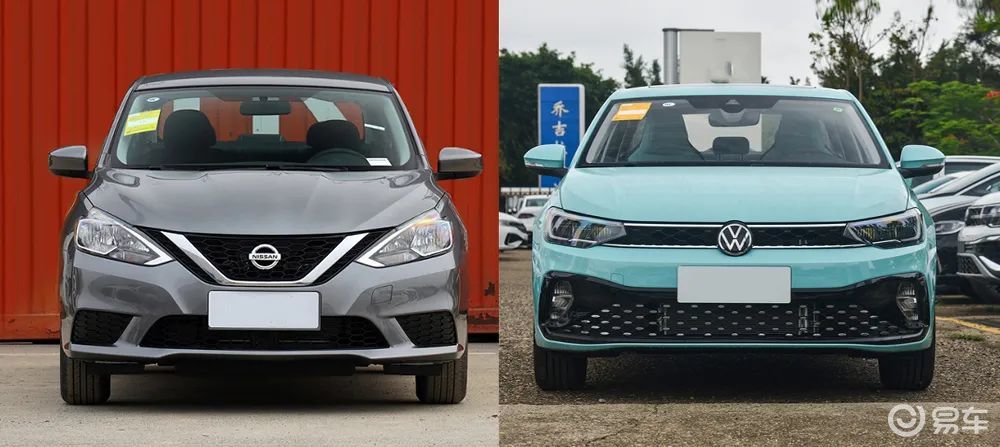
Appearance contrast
The reason why Sylphy Classic is named "Classic" is because it is completely the previous generation model. After all, it was designed many years ago, and now it does look a little old. Fortunately, the family design of Nissan’s previous generation highlights the sense of luxury. The iconic middle net at the front of the car is somewhat smart with the rising headlights. The body lines are elegant and elegant, and the rear of the car is thick and steady. The whole car does not look cheap, and even many people think it is more atmospheric and durable than the new Sylphy.
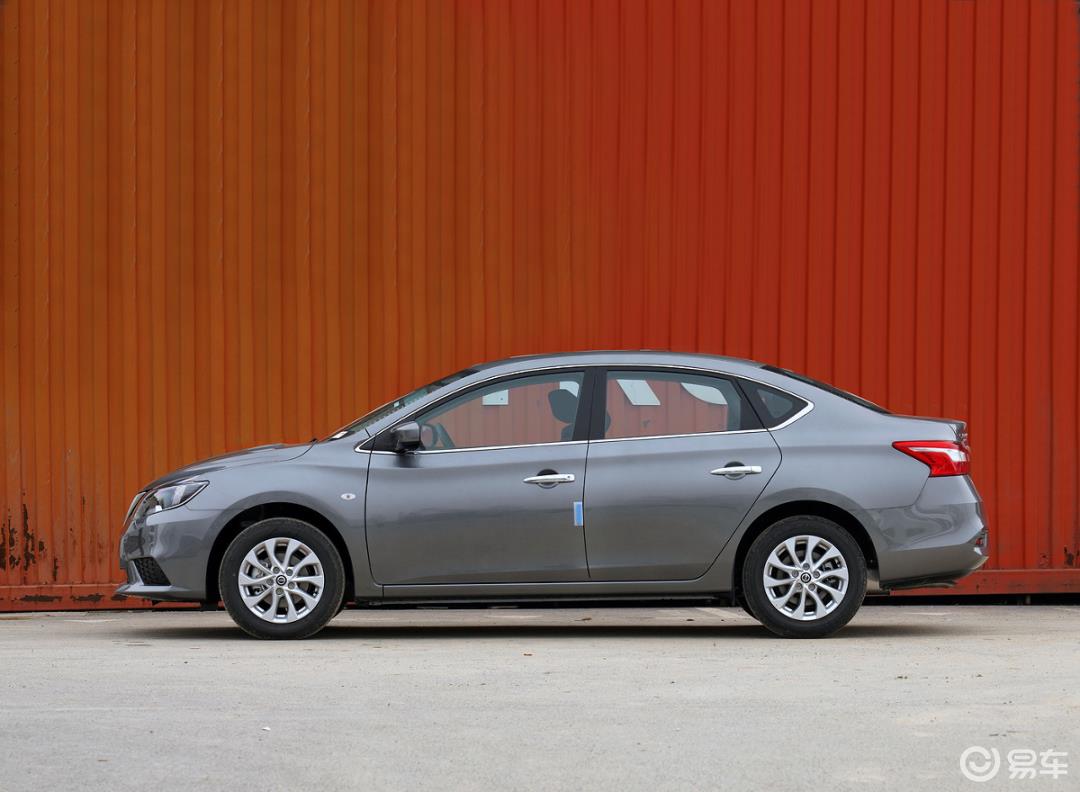
LaVida Xinrui is a younger and more entry-level model divided from LaVida, and its prototype is actually a sedan previously launched by Volkswagen in India, Mexico and other markets. The model follows the popular family-style design and adds the latest design elements of the brand. The front of the car adopts the same starry front face with a low body posture, which adds some sports atmosphere to the whole car. It is worth mentioning that LaVida Xinrui offers five beautiful car colors, including turquoise and coral red, which are younger than Sylphy classics in appearance. There is also a small detail. LaVida is equipped with daytime running lights, while Sylphy Classic is also equipped with.
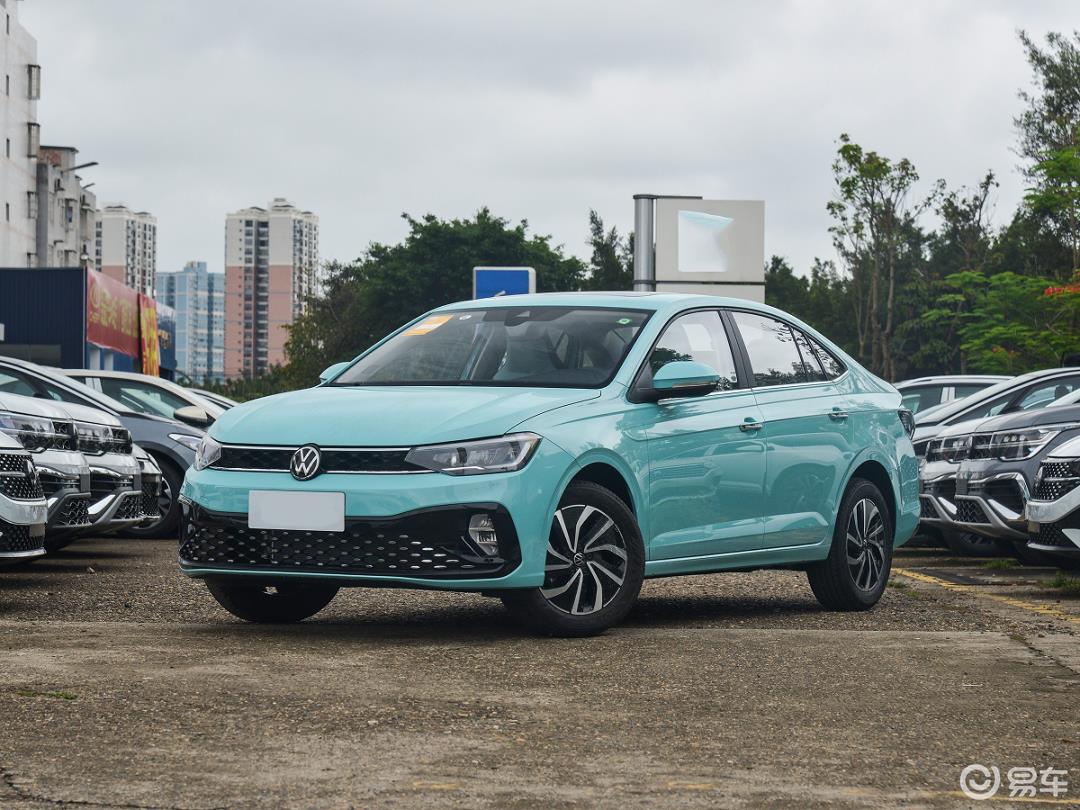
Interior contrast
Sylphy’s classic interior is also "classic" enough, and even a color screen can’t be found on this entry-level model. The traditional pointer instrument panel is simple and easy to read, and the multimedia in the central control is still like a knob radio, which can only realize the most basic "entertainment" function. The workmanship and materials are quite satisfactory. The top of the center console is wrapped in a large area of soft material. The entry model only has a plastic steering wheel, which feels ordinary.
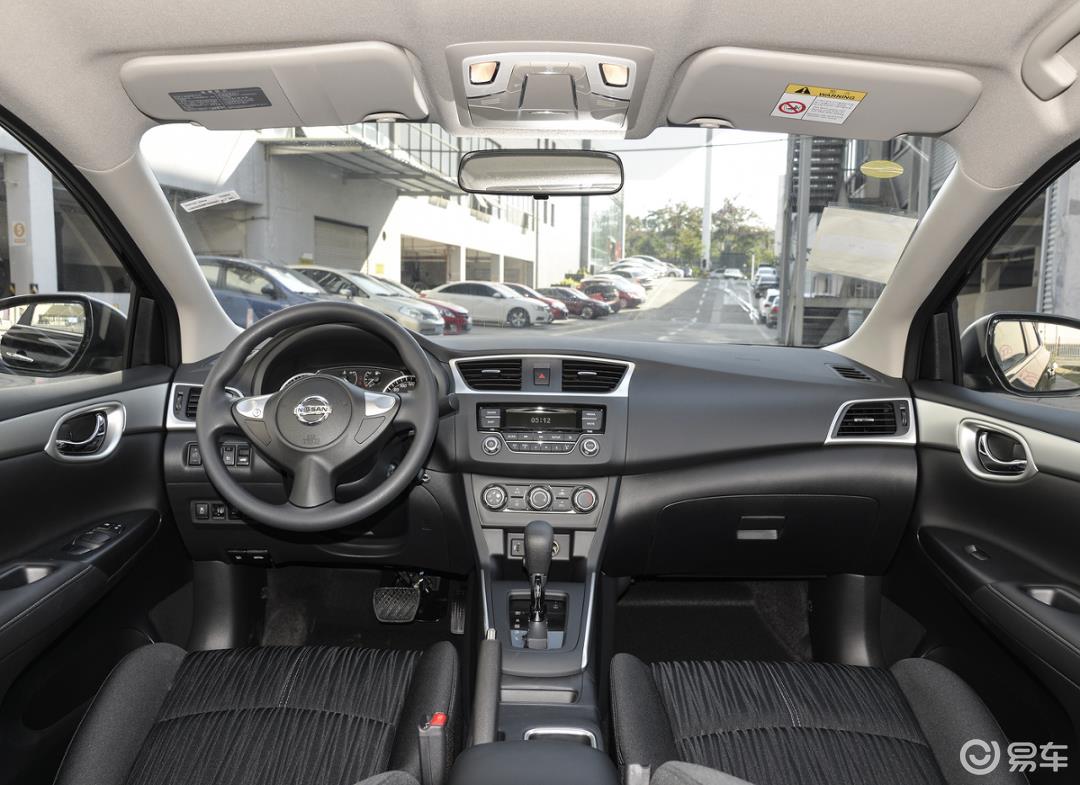
LaVida’s cutting-edge interior design also adopts the popular family design language, matching various accessories from the popular unified mold, and there is not much new idea. In the configuration part, LaVida is obviously more sincere. The entry model is equipped with a dual-screen combination of an 8-inch full LCD dashboard and an 8-inch central control screen. The system supports mainstream multimedia functions and mobile phone interconnection functions such as Apple CarPlay. Although the steering wheel is also made of plastic, the overall practicability has been improved by adding multi-function buttons.
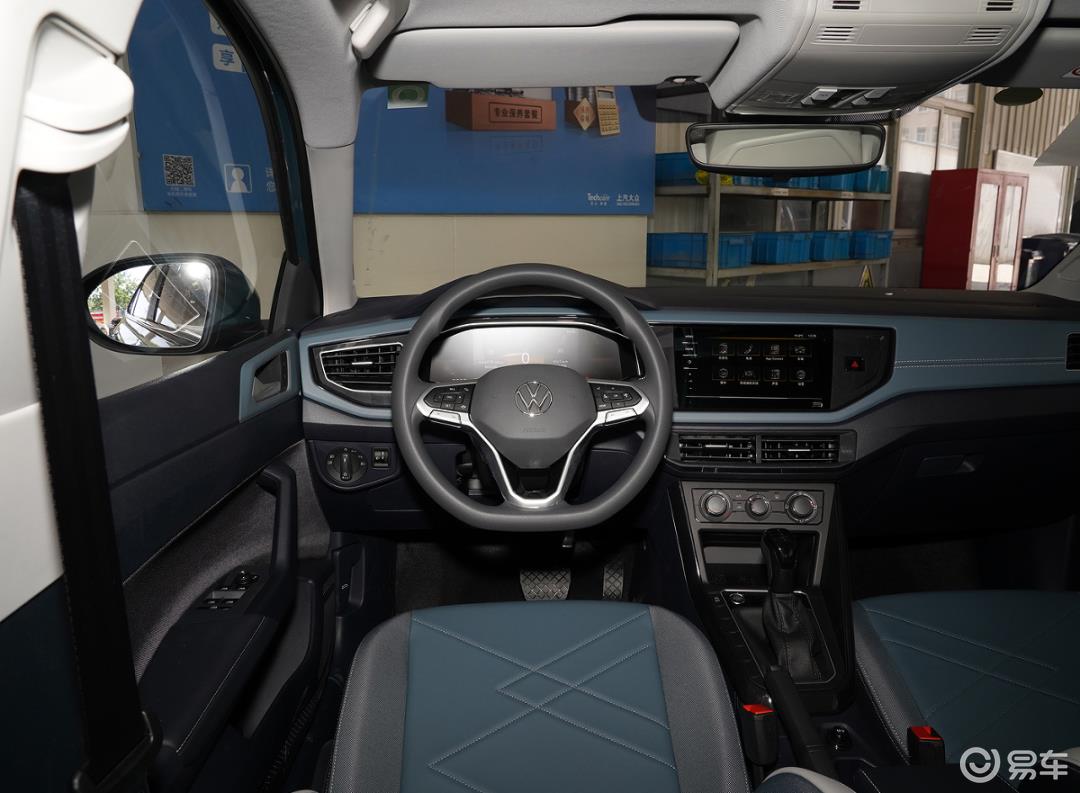
Spatial contrast
Space and ride comfort are the traditional advantages of Sylphy classics. Its length, width and height are 4631 mm, 1760 mm and 1503mm respectively, and its wheelbase reaches 2700 mm. Thanks to the larger body size and longer wheelbase, the head and leg space are excellent. In the comfort part, the label of "Japanese big sofa" is by no means a hollow reputation. The seat filling material is thick and soft, and the classic "sinking feeling" makes people who have sat there impressed. The fabric seat on the entry model looks ordinary, but the permeability and friction are actually better than ordinary leather materials. It is also worth mentioning that in the rear configuration, Sylphy Classic has more air conditioning outlets than LaVida, which is more friendly to the rear passengers.
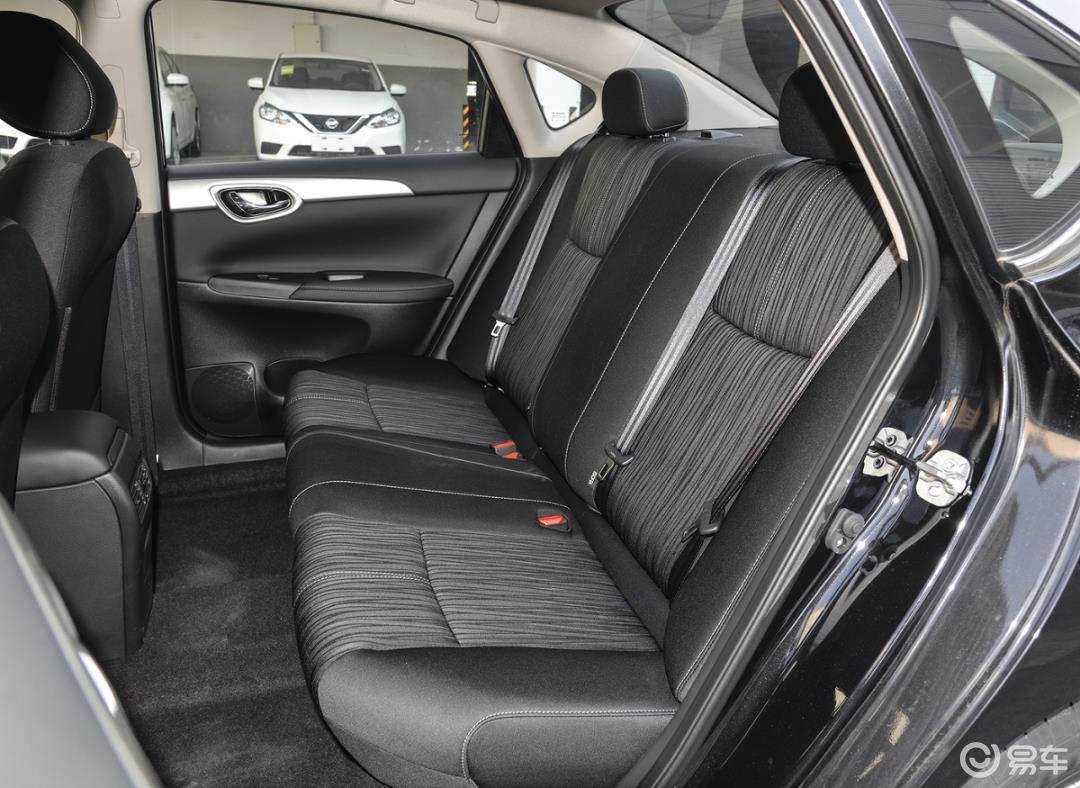
The body length, width and height dimensions of LaVida are 4561, 1740 and 1494mm, respectively, and the wheelbase is 2651mm, which is slightly smaller than that of Sylphy Classic, but the actual interior space level is similar. The integrated front seat is more sporty, but the filling material is relatively thin and the sitting feeling is slightly harder. The same is true for the rear seats, and the statement of high emotional intelligence is "providing better support". As for the loading capacity of the trunk, both models performed well. Sylphy’s classic trunk has a larger space, reaching 510L, while LaVida’s new one is 498L, but it supports the whole back-laying function and has better expansibility.
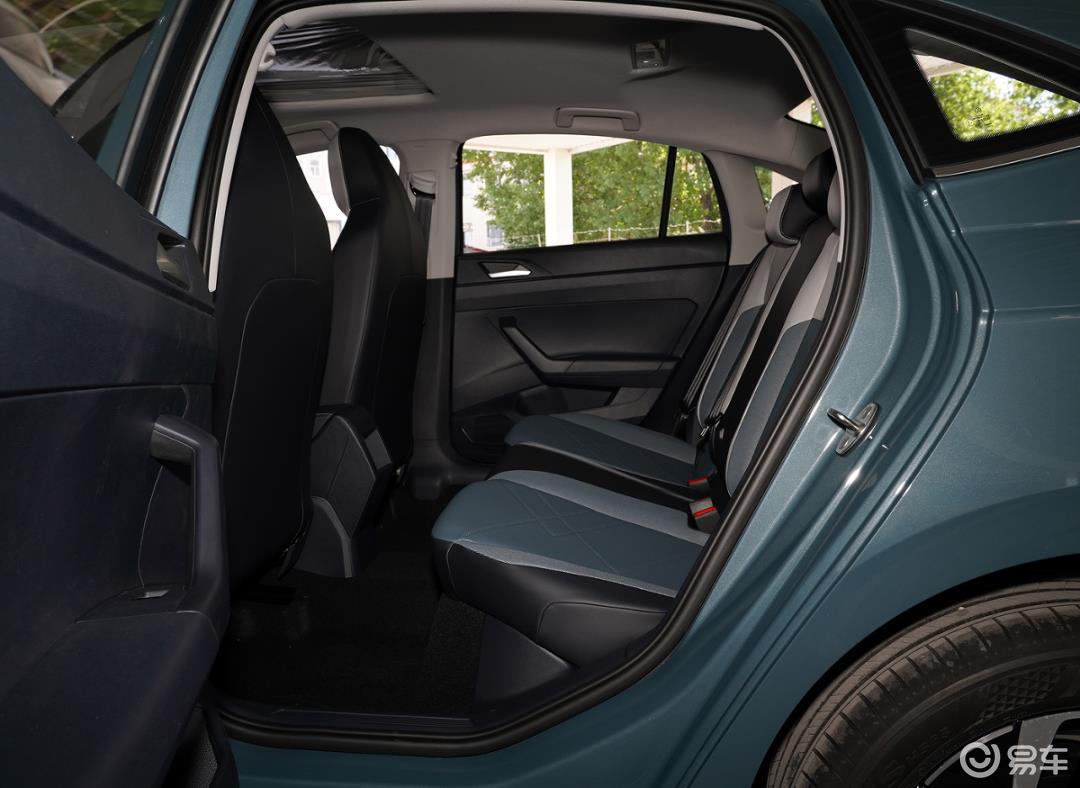
Performance comparison
In the power part, Sylphy is equipped with a 1.6L naturally aspirated engine and matched with CVT transmission. The maximum power is 90kW and the maximum torque is 155 N m. The comprehensive fuel consumption of WLTC is 5.94L/100km, and only 92 # gasoline is needed. This powertrain is quite mature, and its performance can also meet the needs of daily transportation. Its excellent reliability, ride comfort and fuel economy contributed to Nissan’s dominance in the domestic family car market that year.
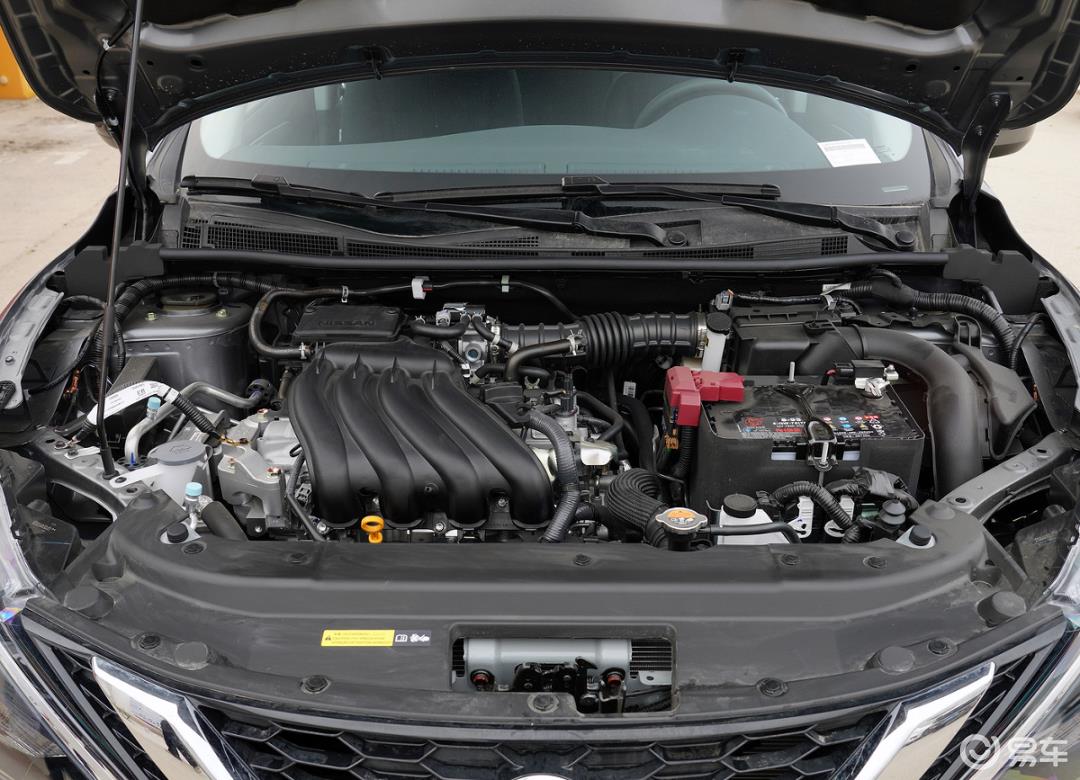
LaVida Xinrui is equipped with Volkswagen EA211-DRZ 1.5L naturally aspirated engine, matched with 6-speed automatic manual transmission, with a maximum power of 81kW and a maximum torque of 141N·m, and a comprehensive fuel consumption of WLTC of 5.98L/100km, and only 92 # gasoline is needed. LaVida’s new powertrain is also focused on reliability and economy. From the power parameters, it is slightly lower than Sylphy’s classic, which actually shows that it is between the real and the real.
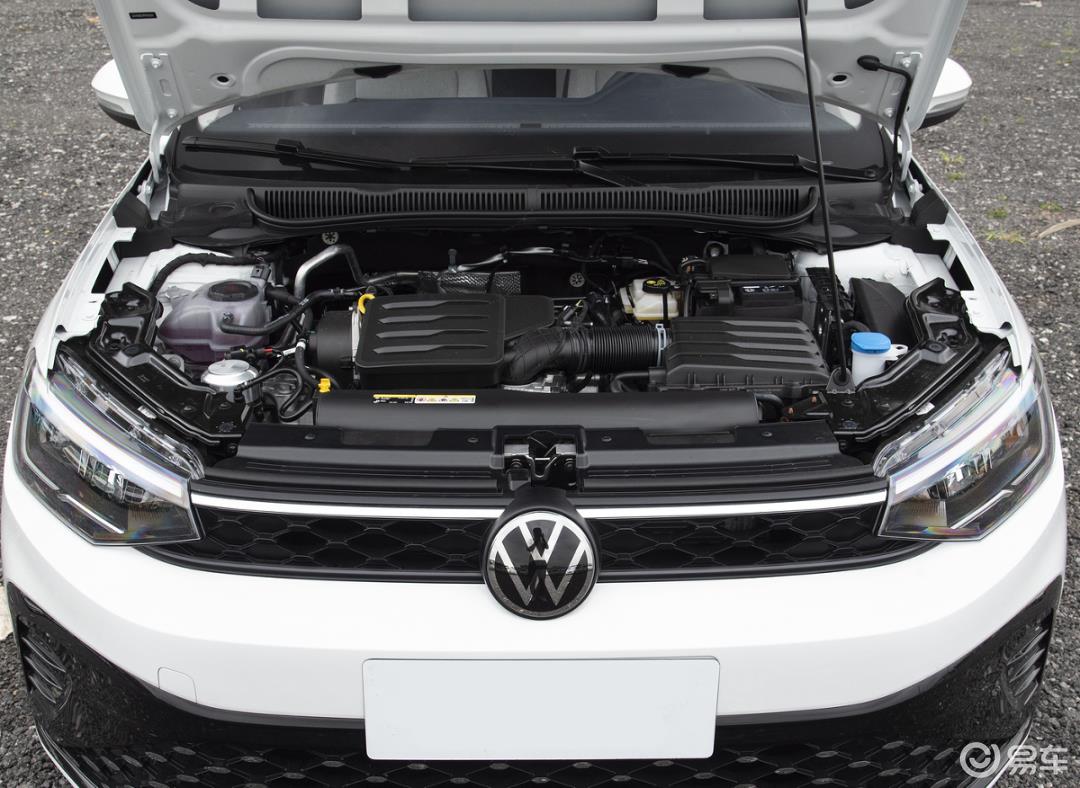
In the chassis part, Sylphy classic adopts front McPherson independent suspension and rear trailing arm torsion beam independent suspension, and the overall adjustment is soft and comfortable. LaVida Xinrui also uses the former McPherson independent suspension and the rear trailing arm torsion beam independent suspension, but the overall adjustment is a little tougher. In addition, Sylphy Classic is equipped with 16-inch rims and rear wheel disc brakes, while LaVida Xinrui is only equipped with 15-inch rims, and the rear wheel is only equipped with drum brakes.
Safety comparison
In the security configuration part, LaVida has obvious advantages. Taking two entry-level models as examples, the front collision warning and active braking system that comes standard in LaVida’s new system is not common in the same class. At the same time, it has more practical driving assistance configurations such as reversing radar, uphill assist and cruise control than Sylphy’s classic, which can improve the daily car experience.
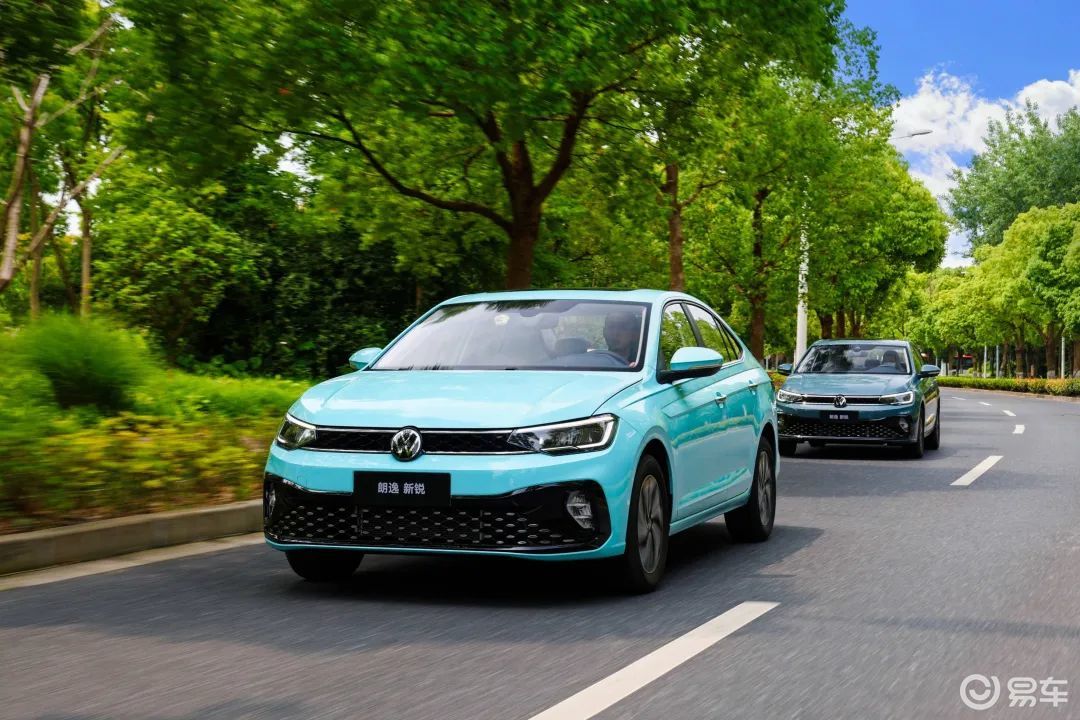
Purchase suggestion
Nowadays, although the parameters of these two models are not as good as those of domestic new energy rivals at the same level in terms of power performance and intelligent configuration, they can still occupy a place in the market with their high-quality reputation accumulated over the years, excellent reliability and affordable price.
Specific to these two entry-level models, LaVida Xinrui maintains the driving texture of German cars, with a solid and stable chassis, and at the same time has advantages in technology configuration and safety configuration, plus more fashionable design and color matching, which will be more attractive to young consumers. Sylphy Classic continues its advantages in comfort and economy. Although it is limited by the cost, the configuration is really not available, but overall, it is still a qualified and comfortable family car.
关于作者